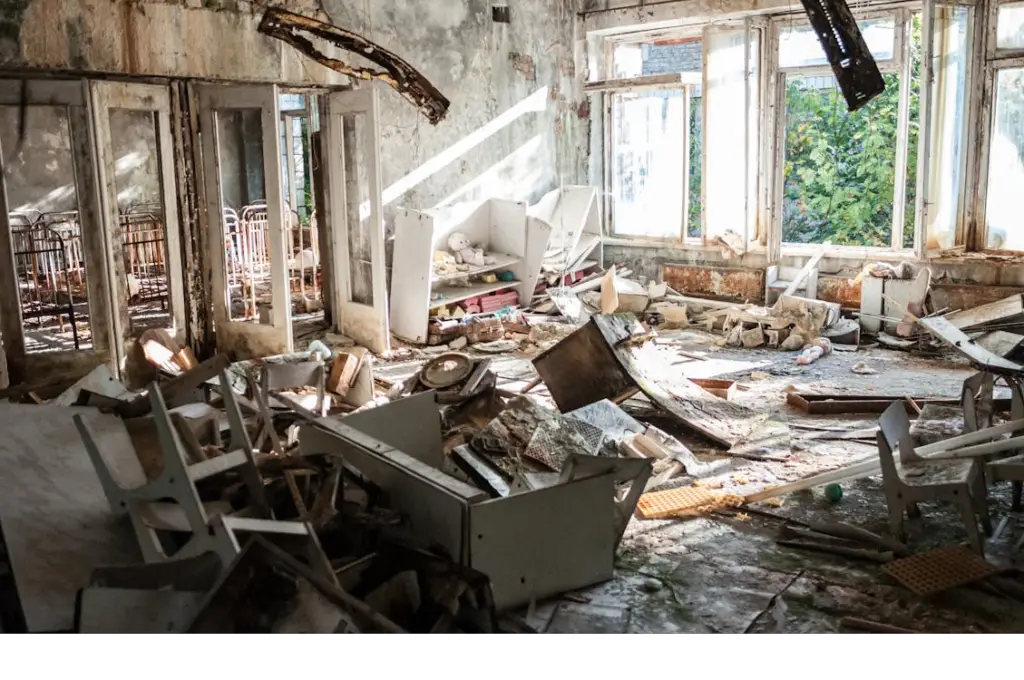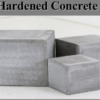In the evolving urban development landscape, sustainable construction practices have become a cornerstone of progressive cities aiming to reduce their environmental footprint. Durham, North Carolina, stands out as a beacon of such innovation, primarily through its commitment to integrating eco-friendly methods within its construction projects.
Central to this initiative is the role of efficient waste removal, a critical yet often overlooked aspect of sustainable construction. The partnership with leading durham waste solutions has been pivotal in ensuring that construction projects in Durham adhere to environmental standards and contribute to a more sustainable future.
Table of Contents
- The Imperative of Efficient Waste Management in Construction
- What happens to construction waste?
- Bridging the Gap Between Construction and Sustainability
- Case Study of Constructions Waste Management
- The Path Forward

The Imperative of Efficient Waste Management in Construction
Construction and demolition activities significantly contribute to the waste in landfills worldwide. The debris produced from these locations, varying from concrete and bricks to metal and plastics, presents a considerable difficulty for environmental sustainability. Yet the story is altering in Durham, where construction industry members are increasingly embracing waste management resolutions that highlight recycling and reuse.
This change is not just about following regulatory regulations; it’s about realizing the long-term environmental and financial benefits of reducing waste. By recycling and reusing debris through innovative solutions, the construction sector in Durham is lessening its impact on the environment while gaining economic benefits through cost savings and new business opportunities. Their proactive approach sets an example others may wish to follow for a more sustainable future.
An effective approach to waste management during construction requires implementing multiple vital tactics. One strategy is sorting debris at the source of where it’s produced to organize materials into their respective categories. This makes later handling more organized and streamlined. Using designated recycling centers for recoverable materials is another vital part of the process. These facilities can reuse or repurpose items like wood scraps, metals, plastics, and cardboard.
Whenever feasible, construction teams should seek ways to give new purpose to debris that can still be of value. Instead of disposing of all waste, some items may find second lives through repurposing. Companies undertaking projects in Durham that employ these practices of source separation, recycling, and reuse are lessening their environmental footprint. But they are also fostering sustainability practices that can influence behavior beyond each work site. Their efforts help cultivate a culture where reducing, reusing, and recycling become commonplace.
What happens to construction waste?
Today, we delve into a sustainable approach that you can adopt to deal with construction waste.
Recycling 150,000 Tons of Aggregate
To date, Balfour Beatty has produced over 150,000 tons of recycled aggregate. This impressive figure underscores their commitment to sustainability. These materials are sourced directly from on-site hard concrete breakout activities.
The Crushing and Screening Process
Upon arrival at the yard, the materials undergo a rigorous crushing and screening process. Concrete from the site, particularly from the central reserve, is crushed and screened. This process separates oversized materials and prepares the rest for reuse.
Quality Assurance Through Testing
Maintaining quality standards is paramount. Balfour Beatty’s on-site materials testing laboratory, accredited by UKAS, ensures that the recycled materials meet both physical and chemical property requirements. This rigorous testing guarantees compliance with site limits.
Full Circle: Reusing Material On-Site
Remarkably, all material extracted from the site, including crushed concrete and hard breakout components, undergoes the recycling process. This closed-loop approach not only benefits the environment but also brings substantial cost advantages to the project and its stakeholders.
Bridging the Gap Between Construction and Sustainability
Incorporating environmentally-friendly waste handling techniques into construction ventures is a multidimensional procedure that necessitates teamwork among different involved parties. Design professionals are progressively conceptualizing structures with sustainability in consideration, selecting building materials that can be readily reused and assembly methods that create less discarded materials.
Contractors and building companies also have a critical part in executing on-location waste administration designs that give the most extreme need to sort and reuse discarded materials independently. However, this requires diligent planning and coordination between all groups involved throughout the project lifecycle. By developing strategies to minimize the amount of materials going to landfills, reuse and recycle more effectively, and ensure proper handling and disposal of hazardous waste, everyone can contribute to making the building process more sustainable and reducing its environmental impact.
An insightful illustration of cooperative work is the employment of modular construction strategies. This technique permits parts to be pre-manufactured off-location in a regulated setting, substantially decreasing waste through exact estimations and material use. Moreover, the materials that are chosen for modular construction are regularly selected because they can be recycled, further adding to the maintainability of the construction procedure.
This method has clear environmental benefits. By building sections of a structure separately in a factory before transporting and assembling them on site, precision can be higher, and material use is more efficient compared to traditional building approaches. Resources are conserved, and less debris is created. The modular design also allows sections to be reused or their components recycled at the end of the building’s helpful life, closing the material loop. Overall, modular construction demonstrates how teamwork and clever planning can advance sustainability in the building industry.
Case Study of Constructions Waste Management
While on one of my recent construction project; here’s how we were managing construction waste.
On the site, we’ve set up a specific waste segregation area with segregated branded waste signage on each skip.
The types of materials segregated include timber, metal, inert waste, plastics, and anything recyclable, aiming to increase overall recycling percentages.
Segregation of Office Wastes
Apart from construction wastes, we also segregate office wastes like paper, plastics, and cans with segregated bins and signage for easy identification and proper disposal. Additionally, we have dedicated bins for clothing recycling and battery recycling.
Site Waste Management Plan
Our site operates a comprehensive waste management plan that forecasts waste production, sets actions to minimize waste, and measures actual waste against forecasts. Hazardous materials are stored securely and removed by specialist contractors when enough waste accumulates.
Contractor Waste Control
We ensure licensed contractors remove all waste and provide waste transfer notes for compliance verification. Reports are generated, breaking down waste categories and disposal methods, including landfill usage.
Material Salvage and Reuse
During demolition, we salvaged materials like oil tanks and radiators, increasing overall reuse and recycling rates on-site. This includes repurposing stonework from existing retaining walls into new permanent structures, reducing the need for new materials.
Innovative Solutions for Environmental Benefits
We’ve implemented value engineering proposals to reduce full-depth construction and import of stone, benefiting the environment by minimizing excavated material.
Challenges and Solutions
We encountered challenges such as asbestos and Japanese knotweed. Asbestos was safely buried on-site, encapsulated in concrete, while Japanese knotweed was treated on-site, with contaminated soils carefully buried in designated locations for monitoring.
The Path Forward
The journey toward more environmentally-friendly construction methods in Durham continues as teams consistently seek better solutions and new ideas. The city has found achievement in incorporating effective scrap handling into its construction ventures, providing an example to others wishing to build communities sustainably. Still, steady dedication from all involved parties will be vital as efforts to lessen impacts carry on.



















